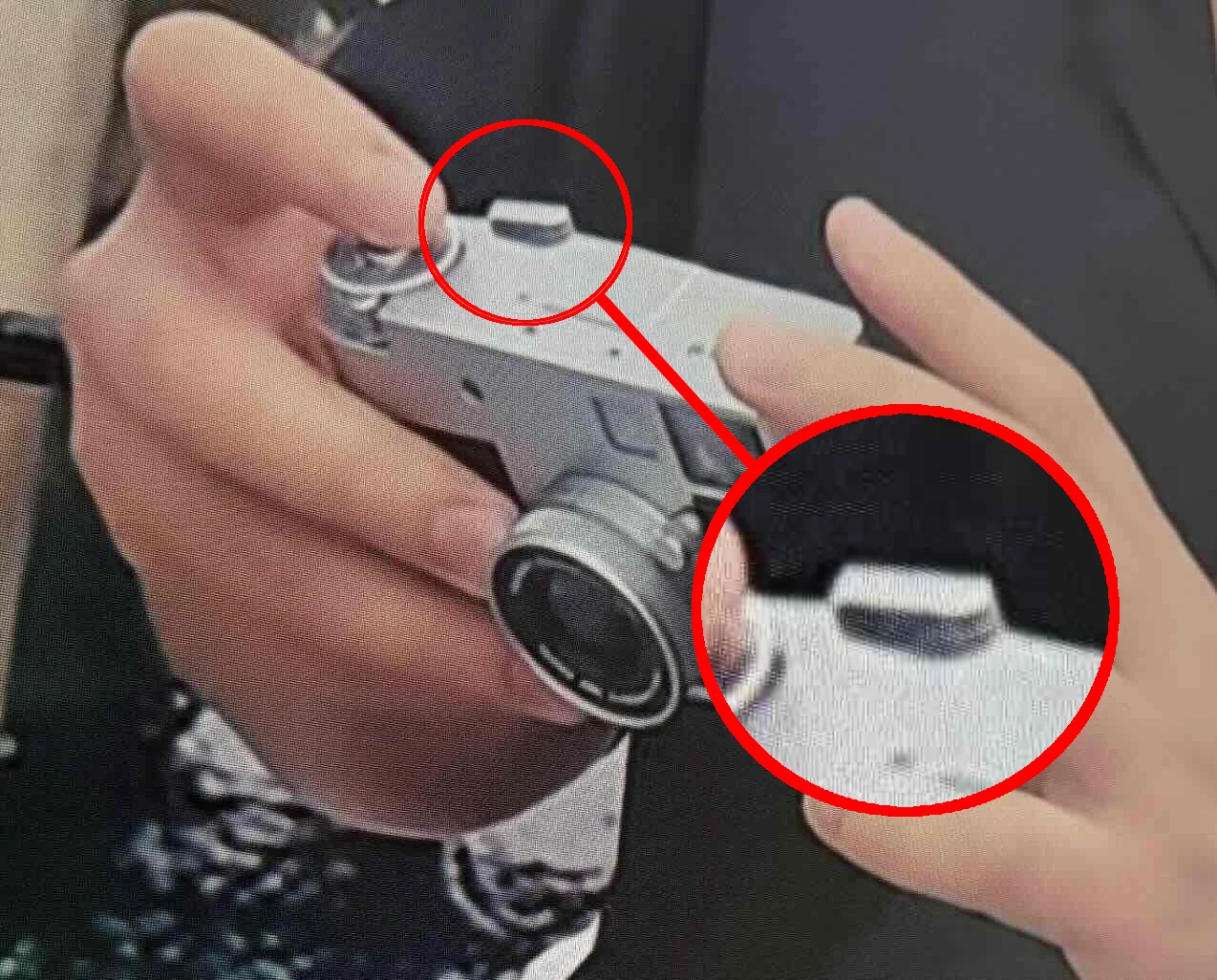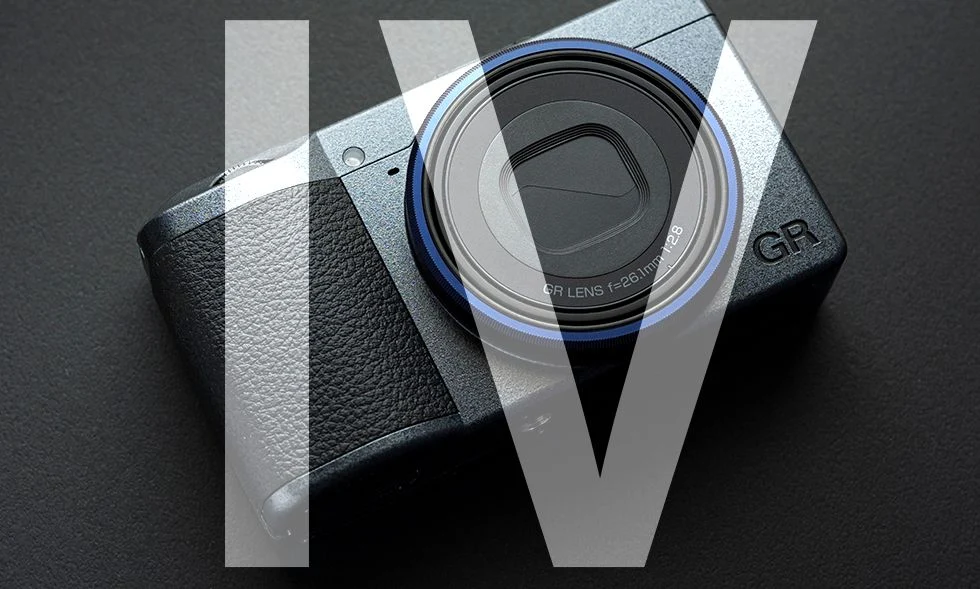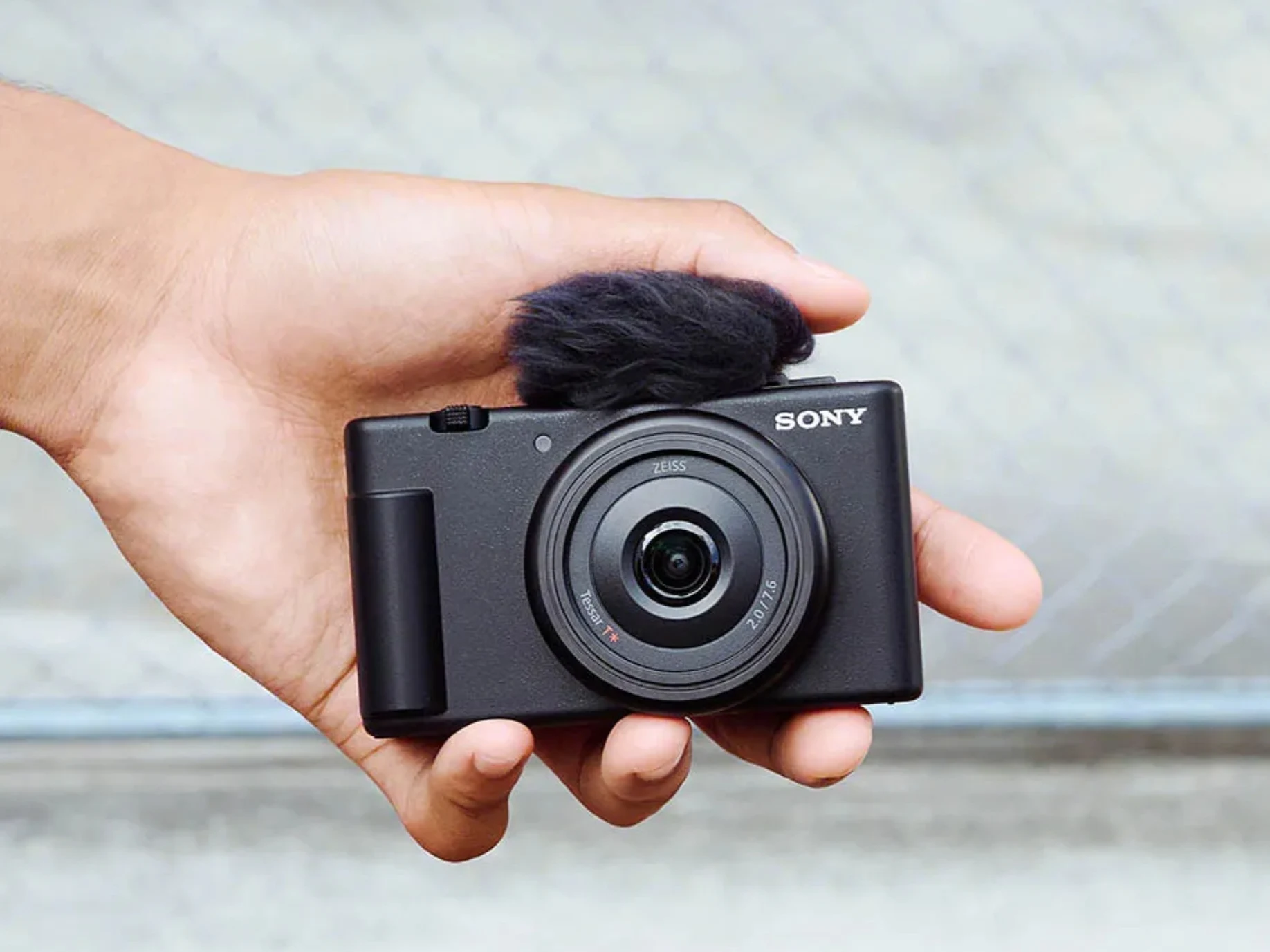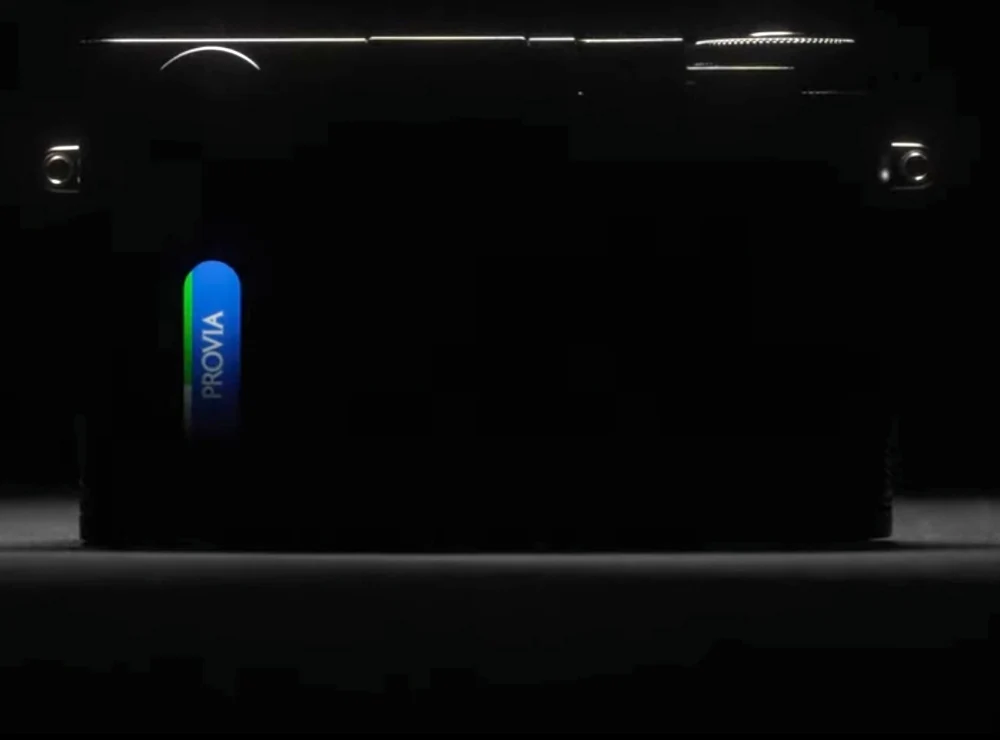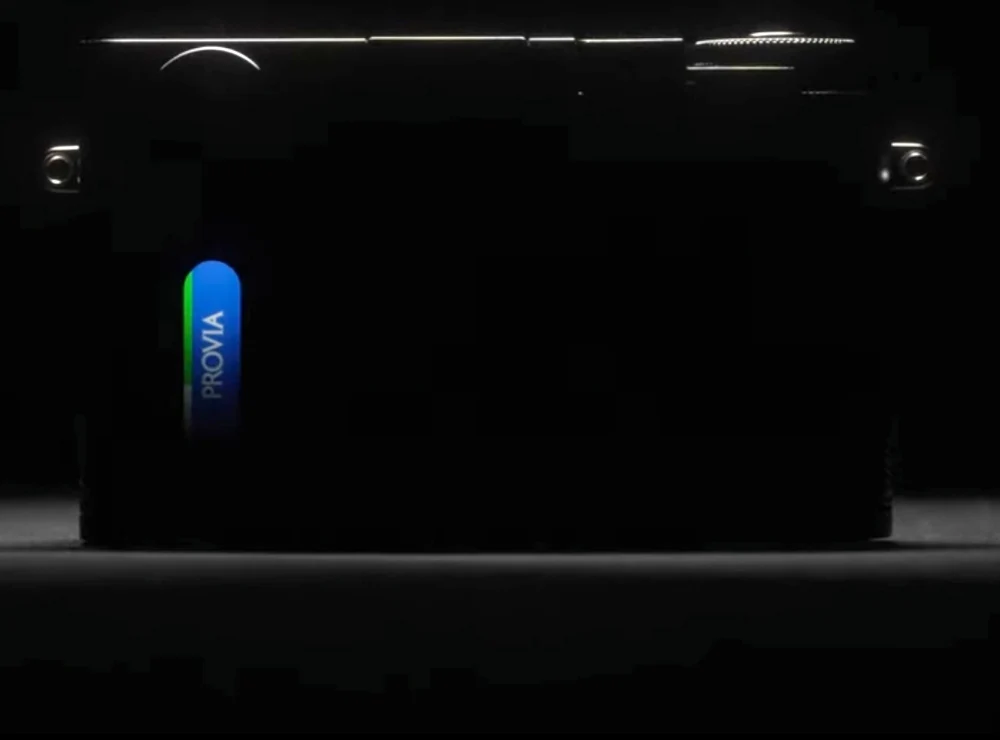Key Takeaways
1. The Fujifilm X half became the top-selling camera in June at Map Camera despite launching later in the month.
2. Fujifilm’s X100 VI and X-M5 also ranked high in sales, demonstrating strong competition in the market.
3. The X half features an 18 MP 1-inch sensor and a 32 mm f/2.8 fixed lens, lacking optical zoom, making it less competitive against cheaper models.
4. Its unique vertical design and film camera mode, requiring users to complete a full roll before checking photos, contribute to its appeal.
5. The demand for compact cameras with larger sensors remains high, with potential for even more sales if supply could meet demand.
First revealed in mid-June, the Fujifilm X half (around $850 on Amazon) began shipping on June 26. Even though it launched later in the month, the X half stood out as the top-selling camera for June at the Japanese retailer Map Camera, as shown in their recent statistics.
Strong Competition
Fujifilm also placed second and third with the X100 VI and X-M5, followed by competitors like the Nikon Z5 II, Ricoh GR IIIx, and Nikon Z50 II. The success of the X half is especially impressive, considering it doesn’t compete well against cheaper compact cameras like the Sony ZV-1 (about $698 on Amazon) when looking at specs. Fujifilm chose to use an 18 MP 1-inch sensor combined with a fairly slow 32 mm f/2.8 fixed lens, completely omitting optical zoom.
Unique Features
The unusual design of the Fujifilm X half seems to be a successful strategy. For example, its sensor and screen are set up vertically, and the camera features various filters that aim to provide a genuine film aesthetic. A particularly interesting aspect is the film camera mode, which requires users to complete an entire “film roll” of either 36, 54, or 72 shots before they can check the photos taken or change filters.
High Demand for Compact Cameras
The good results for the Fujifilm X100 VI and Ricoh GR IIIx clearly highlight the ongoing popularity of compact cameras with larger sensors. Map Camera noted that even more of these cameras could have been sold if Fujifilm and Ricoh had managed to meet the demand.
Source:
Link







